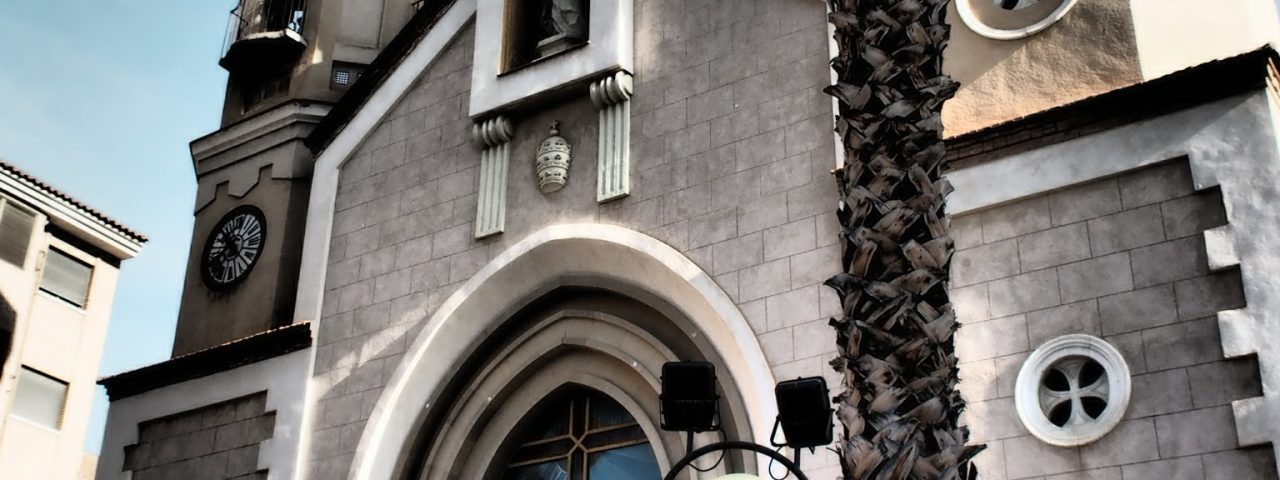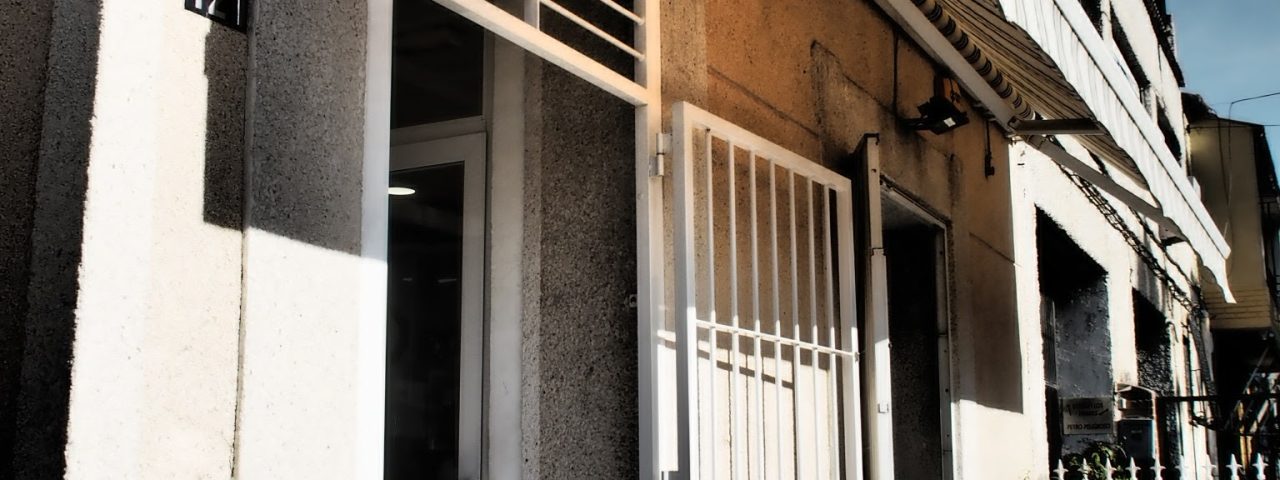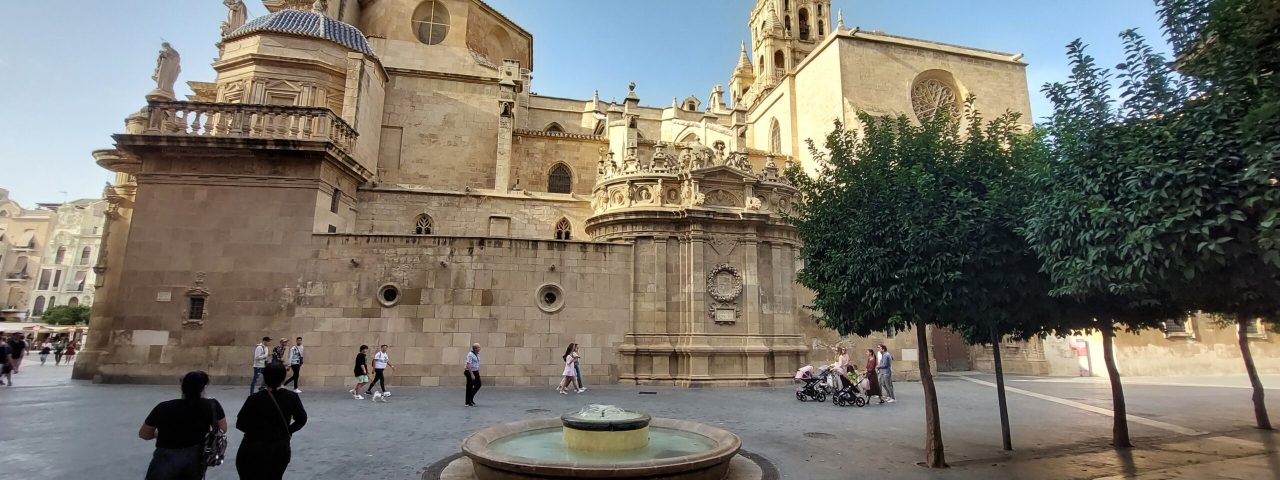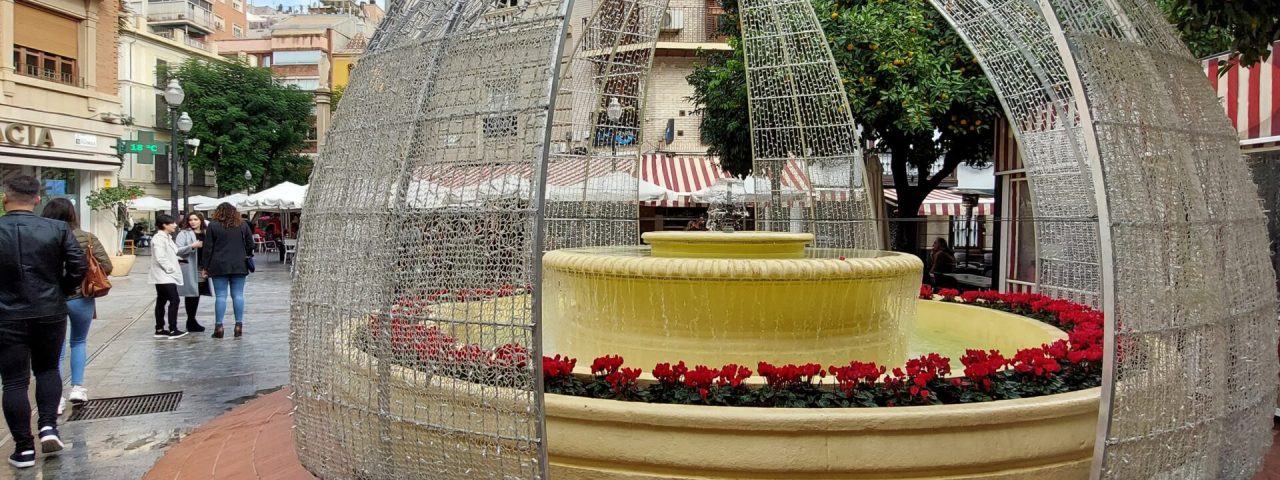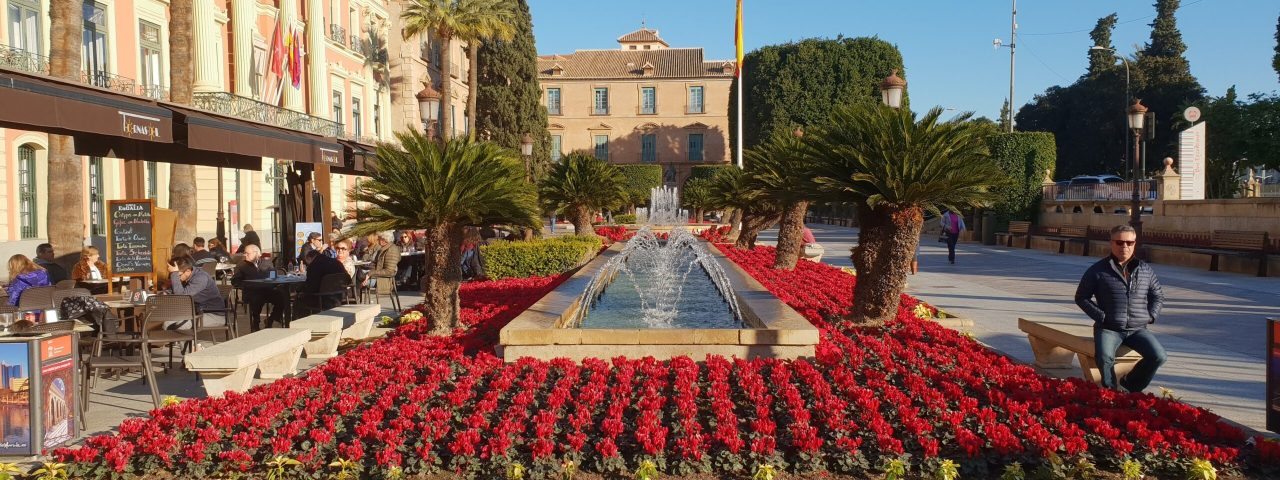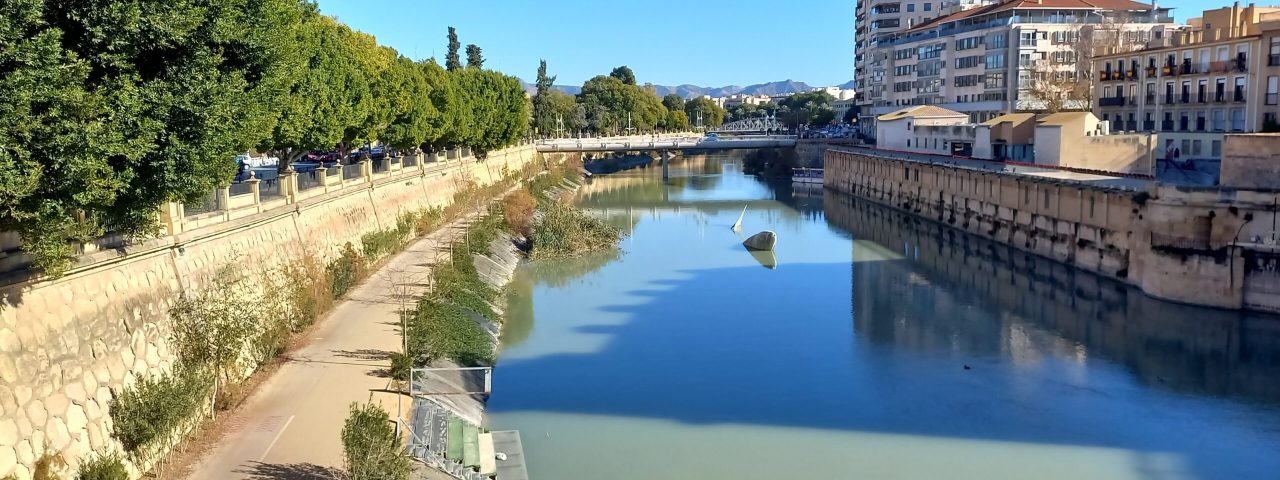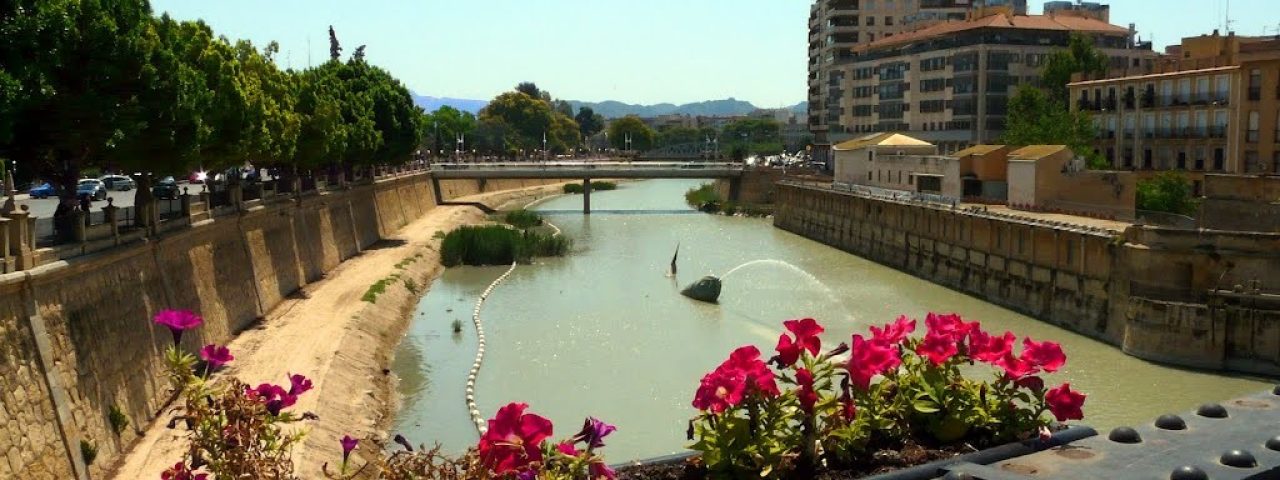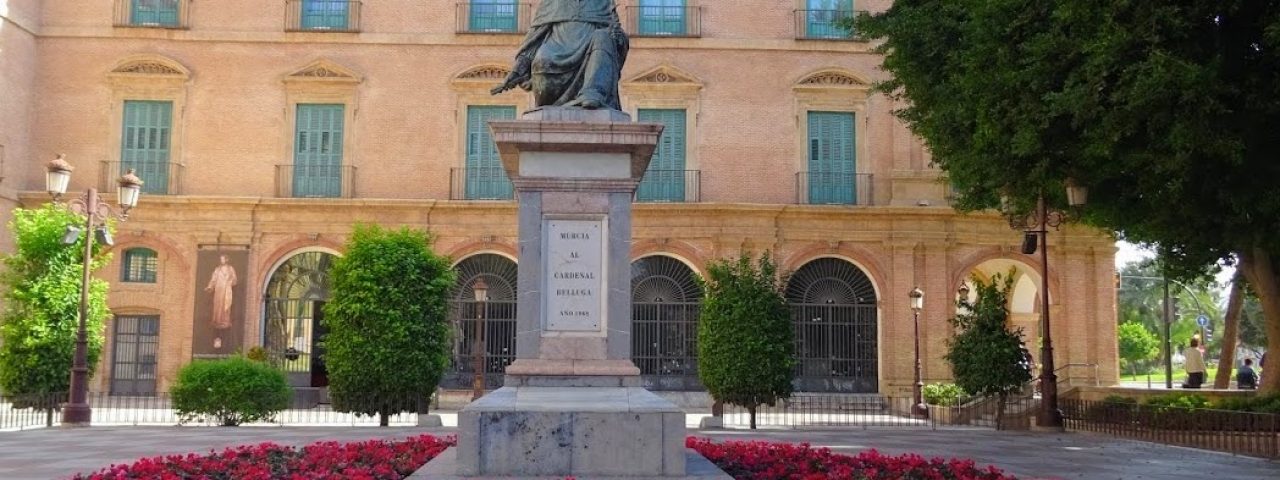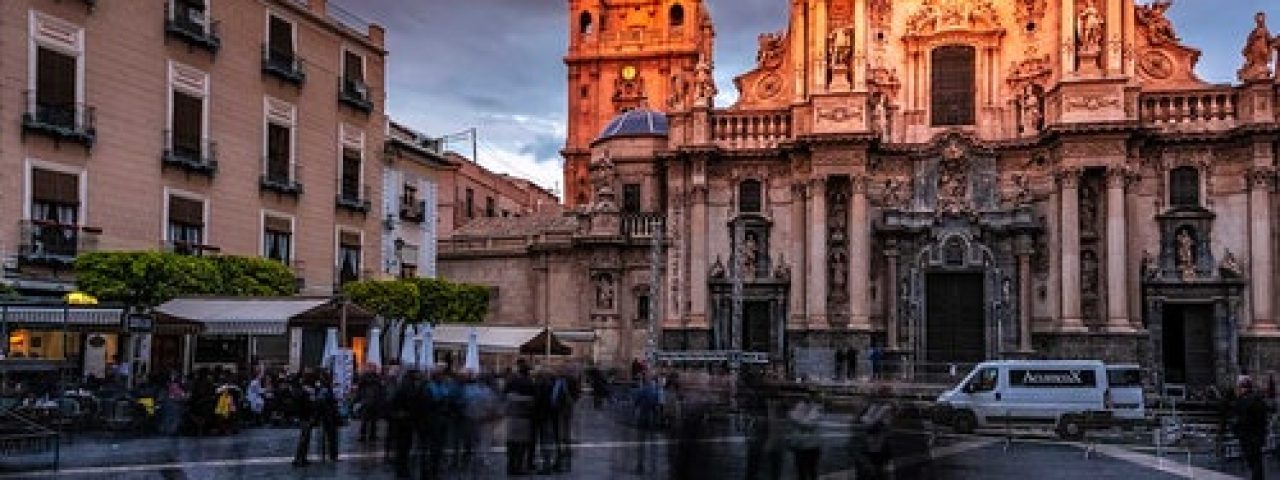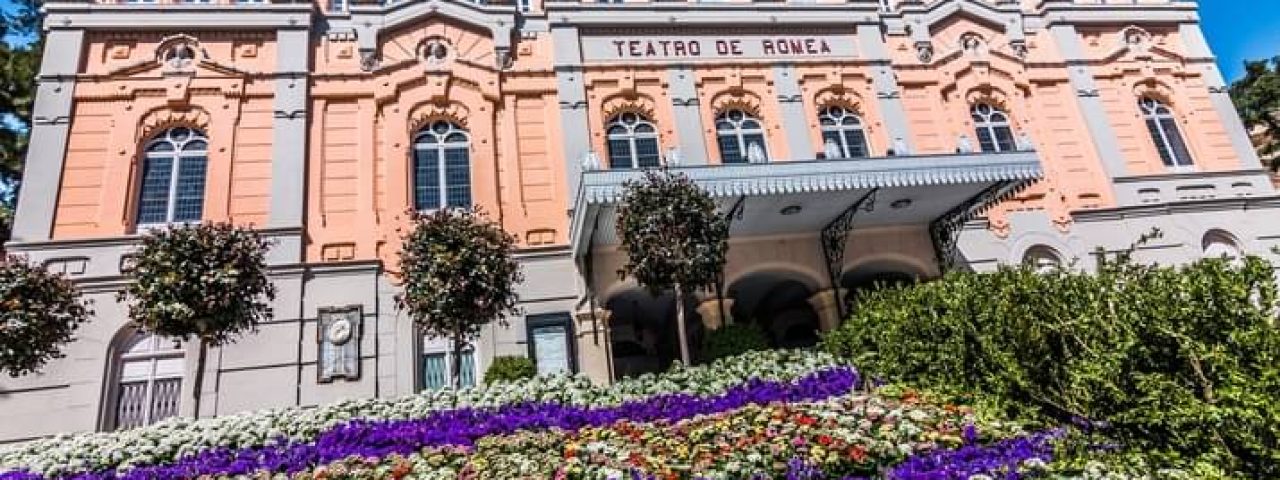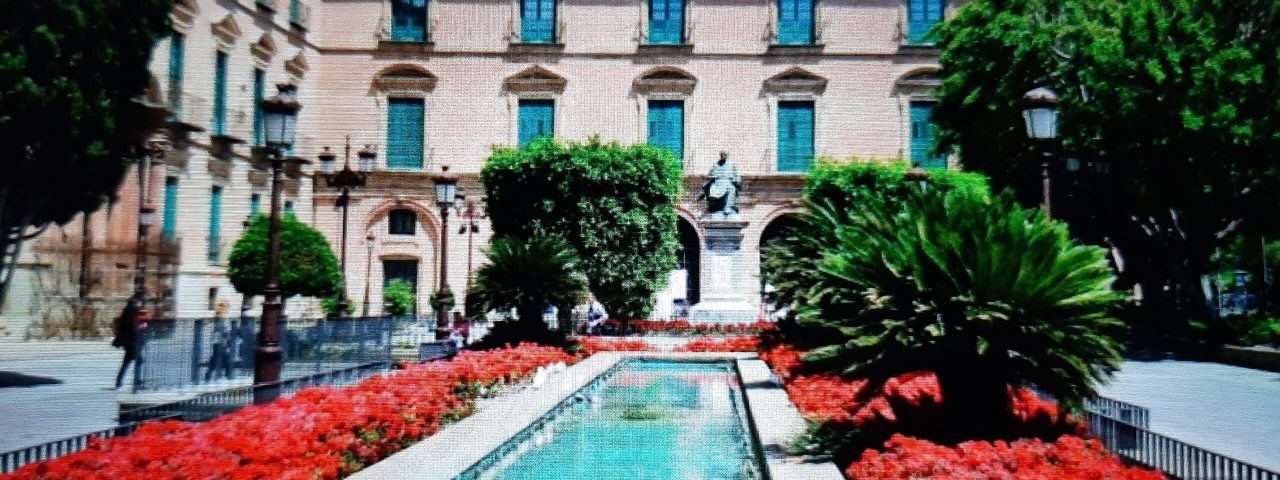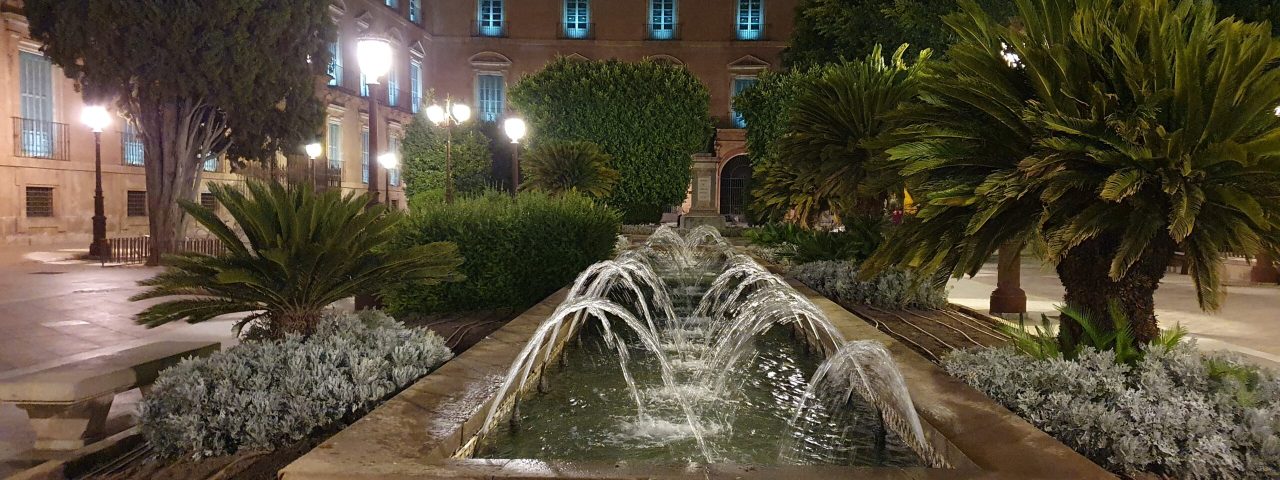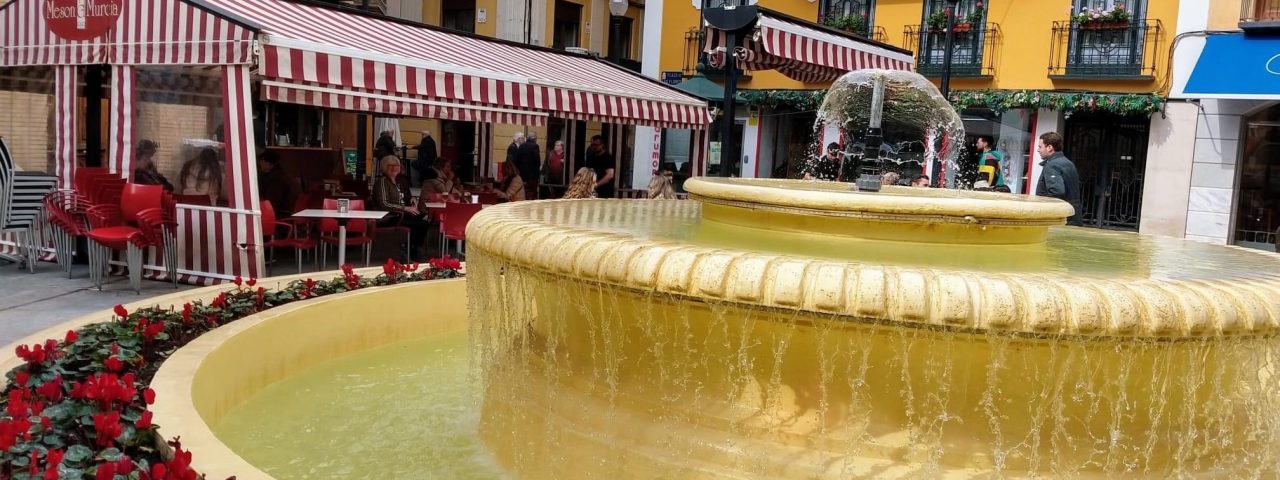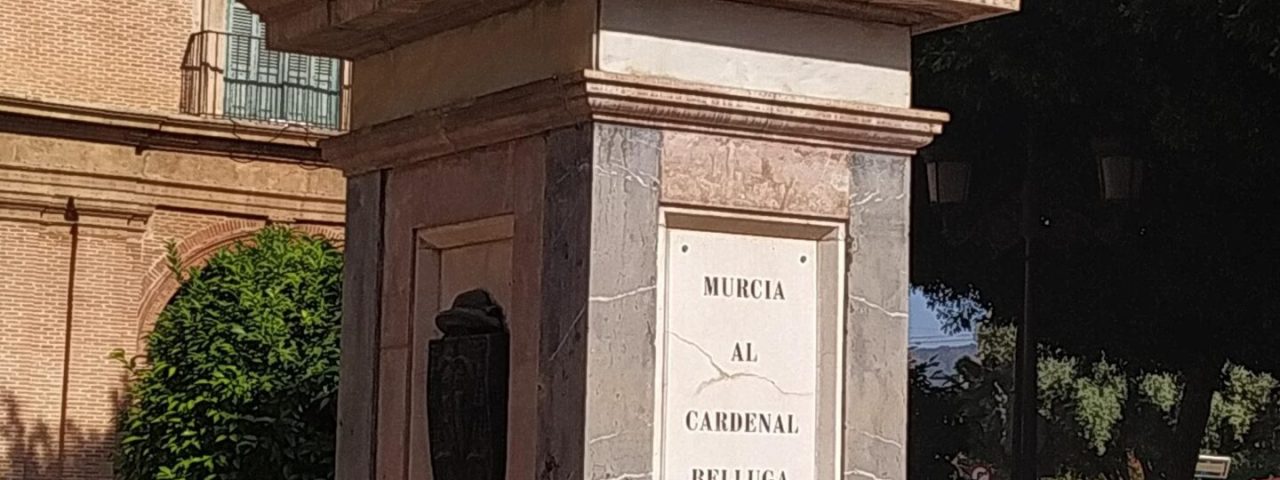:::::Quick overview:::::
The Region of Murcia, located in southeastern Spain, is a hidden gem for tourists and event organizers seeking authentic Mediterranean experiences away from the overly commercialized circuits. With its blend of stunning coastline, fertile plains, mountainous backdrops, and rich cultural heritage, Murcia offers something for every type of traveler. Whether you’re planning a corporate retreat, cultural festival, or a relaxing holiday, this sun-soaked region boasts excellent weather, delicious cuisine, and a growing reputation for hospitality and infrastructure.
Murcia is ideal for those looking to host or attend events in unique, character-filled locations—from historic castles and Baroque churches to beachside resorts and avant-garde convention centers. The region’s relatively lower cost compared to other Spanish destinations makes it even more attractive for organizers and attendees alike. Yet, it sacrifices none of the appeal: you’ll find vibrant city life, authentic rural traditions, and scenic natural beauty all within short driving distances.
This area also charms visitors with its warm, laid-back atmosphere. Known as “the orchard of Europe,” Murcia’s fertile lands provide not only agricultural bounty but also the visual pleasure of verdant landscapes and blossoming fruit trees. Combined with a strong emphasis on local identity and sustainable tourism, Murcia is emerging as a versatile destination that caters to both relaxation and ambition.
:::::Geographical Location and Climate:::::
Murcia is located in the southeast of Spain, bordered by Andalusia to the west, Castilla-La Mancha to the north, the Valencian Community to the east, and the Mediterranean Sea to the south. Its strategic location places it just a few hours’ drive from major cities like Alicante, Almería, and Granada, with easy access to the Costa Cálida—an over 250-kilometer stretch of Mediterranean coastline known for its calm waters and unspoiled beaches.
Geographically, the region encompasses a rich tapestry of natural features, including the Segura River, the Sierra Espuña mountains, and fertile plains that support intensive agriculture. Notable coastal landmarks include the Mar Menor, Europe’s largest saltwater lagoon, separated from the sea by La Manga, a narrow strip of land boasting both luxury resorts and quiet, family-friendly beaches.
Murcia enjoys a semi-arid Mediterranean climate, with hot, dry summers and mild winters. The region sees more than 300 sunny days per year, making it a year-round destination. Spring and autumn are particularly pleasant for outdoor activities, sightseeing, and hosting events, while the summer months appeal to beachgoers and water sports enthusiasts.
:::::History and Culture:::::
The history of Murcia is a fascinating blend of civilizations. Originally settled by the Iberians and later by the Carthaginians, the region flourished under Roman rule before becoming a significant Moorish enclave. The city of Murcia was officially founded in 831 AD by the Emir of Córdoba and remained an important center during Muslim rule. After the Christian Reconquista, Murcia was incorporated into the Kingdom of Castile in the 13th century, marking a new era of cultural integration.
This historical blend is evident in the region’s architecture, language, and traditions. Murcia is famous for its Semana Santa (Holy Week) processions, which feature intricate baroque floats and deeply moving religious ceremonies. Equally vibrant is the Spring Festival (Fiestas de Primavera), celebrated after Easter, with parades, music, and the iconic “Bando de la Huerta” celebrating rural traditions in colorful local costume.
Local customs include an emphasis on family, regional pride, and religious celebrations, with strong ties to agricultural heritage. Villages and towns each have their own patron saint festivals, which draw communities together and attract visitors eager to experience authentic Spanish fiestas, complete with music, dance, and fireworks.
:::::Architecture and Attractions:::::
Murcia’s architectural heritage spans a range of styles, including Islamic, Gothic, Renaissance, Baroque, and modernist influences. The Cathedral of Murcia, with its baroque facade and Gothic interior, is a central landmark, reflecting centuries of design evolution. The nearby Episcopal Palace and the Royal Casino of Murcia add elegance and grandeur to the capital’s historic center.
The Roman Theatre in Cartagena, one of Spain’s most impressive archaeological sites, offers a striking example of Roman urban planning and has become a cultural hub thanks to its adjacent museum. Other must-see sites include the Moorish Castle of Lorca, the medieval city of Caravaca de la Cruz (one of only five cities in the world granted perpetual jubilee by the Catholic Church), and the ornate sanctuary of La Fuensanta, nestled in the hills above Murcia city.
Natural attractions abound, from the beaches of Mazarrón and Águilas to the wild beauty of Sierra Espuña. Visitors can explore nature reserves, take part in eco-tourism activities, or unwind at thermal spas like Archena and Fortuna, known since Roman times for their therapeutic waters.
:::::Economy and Key Industries:::::
Murcia’s economy is driven by agriculture, tourism, and an increasingly diversified industrial sector. Often referred to as “Europe’s orchard,” the region exports vast quantities of fruits and vegetables, especially citrus, lettuce, and grapes. This agricultural abundance not only supports local businesses but also plays a significant role in international trade.
The tourism industry is a growing pillar, supported by both beach resorts and cultural tourism. With the development of eco-tourism and rural tourism, the region has made strides in sustainable travel, appealing to environmentally conscious visitors. Industrial zones around Cartagena and Murcia city are home to logistics centers, food processing plants, and a budding tech scene.
Unique local products include artisan ceramics from Totana, embroidered textiles, and hand-crafted leather goods. Wineries in Jumilla, Yecla, and Bullas have gained international acclaim, putting Murcia’s wine industry on the global map.
:::::Local Cuisine:::::
Murcian cuisine is a flavorful reflection of the region’s agricultural richness and cultural diversity. Traditional dishes include zarangollo (scrambled eggs with zucchini and onion), caldero del Mar Menor (a seafood rice dish), and pipirrana (a fresh vegetable salad). Meats, vegetables, and olive oil form the backbone of many recipes, often enhanced by spices like paprika and saffron.
The region is also known for its hearty tapas culture, where small plates of grilled octopus, marinated anchovies, or spicy patatas bravas are shared over wine or beer. The Murcian “pastel de carne,” a meat pie with Moorish origins, is a popular snack available in most bakeries.
Wine lovers will enjoy sampling local reds and whites from the Jumilla, Yecla, and Bullas DOs (Designations of Origin). Food festivals, such as the “Ruta de la Tapa” in Murcia city or the “Feria del Vino y la Tapa” in Jumilla, showcase the best of the region’s gastronomy and culinary innovation.
:::::Transportation and Accessibility:::::
Murcia is well-connected by air, land, and sea. The Region of Murcia International Airport (RMU) offers regular flights to major Spanish and European cities, including Madrid, Barcelona, London, and Brussels. Alicante-Elche Airport, just over an hour away, provides additional international connections.
By train, Murcia city is linked via high-speed and regional services to cities like Madrid, Valencia, and Cartagena. The road infrastructure is excellent, with highways connecting the region efficiently to the rest of Spain. Buses also provide affordable access to rural areas and coastal towns.
Within Murcia city and other urban centers, public transportation is reliable and includes buses, trams, and taxis. For event participants, organizers can arrange private shuttles, and car rentals are widely available. Cycling is also becoming popular in many parts of the region, with new infrastructure being developed.
:::::Event Opportunities and Venues:::::
Murcia offers a versatile portfolio of venues suitable for conferences, weddings, music festivals, and cultural events. The Murcia Congress and Exhibition Center (Auditorio Víctor Villegas) is a modern facility with auditoriums, meeting rooms, and exhibition space. Cartagena’s El Batel Auditorium, overlooking the harbor, combines avant-garde design with state-of-the-art technology, making it ideal for international events.
For something more atmospheric, organizers can consider historical settings such as the Castillo de Lorca, the gardens of the Sanctuary of La Fuensanta, or beachfront venues in La Manga and Mazarrón. Outdoor events can take advantage of natural parks or vineyard estates, offering authentic, scenic experiences.
Annual highlights include the Murcia Spring Festival, Carthaginians and Romans Festival in Cartagena, and the international music, theater, and flamenco festivals held throughout the year. Accommodation options range from luxury hotels and resorts to charming rural guesthouses, offering comfort and hospitality at all budget levels.
:::::Population and Demographics:::::
The Region of Murcia is home to just under 1.5 million people, with the majority living in the capital, Murcia city, followed by Cartagena. The population is largely Spanish, but there’s a growing presence of residents from North Africa, Latin America, and other parts of Europe, reflecting the region’s evolving diversity.
The demographic profile skews slightly younger than the national average, thanks in part to the presence of several universities and vocational institutions. This youthful energy supports cultural vibrancy and a demand for innovation, especially in urban hubs like Murcia and Cartagena.
The mix of urban and rural populations results in a dynamic yet balanced cultural landscape. While cities drive economic development and modernization, villages preserve age-old traditions and crafts, creating a tapestry of lifestyles that makes the region truly special.
:::::Current Trends or Developments:::::
Murcia is currently undergoing several major infrastructure and urban renewal projects aimed at enhancing its appeal for residents, businesses, and visitors. The expansion of the high-speed rail network (AVE) is expected to further reduce travel times to major cities like Madrid and Barcelona.
There is a growing push for sustainable development, with investments in renewable energy, green tourism, and public transport electrification. Cities like Murcia are increasing green spaces, pedestrian zones, and bike lanes, enhancing quality of life and environmental performance.
Cultural initiatives are also flourishing, with support for creative industries, digital innovation hubs, and contemporary art installations. As the region continues to balance growth with preservation, Murcia is positioning itself as both a modern destination and a steward of rich historical and natural heritage—ideal for forward-thinking event organizers and curious travelers alike.
- Abarán
- Águilas
- Alcantarilla
- Alguazas
- Alhama de Murcia
- Archena
- Beniaján
- Beniel
- Bullas
- Calasparra
- Canteras
- Cartagena
- Cehegín
- Ceutí
- Cieza
- El Palmar
- El Plan
- Fortuna
- Fuente-Álamo de Murcia
- Jumilla
- La Unión
- Las Torres de Cotillas
- Lorca
- Los Alcázares
- Lumbreras
- Mazarrón
- Molina de Segura
- Mula
- San Antonio Abad
- San Javier
- San Pedro del Pinatar
- Sangonera la Verde
- Santomera
- Torre-Pacheco
- Totana
- Yecla
